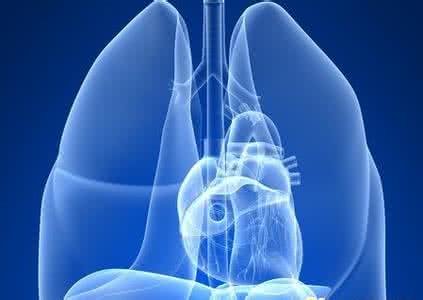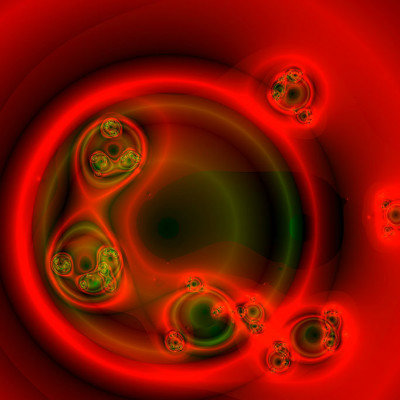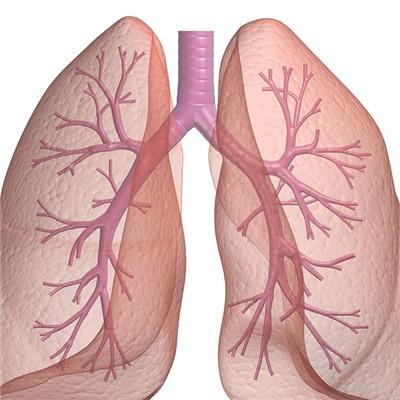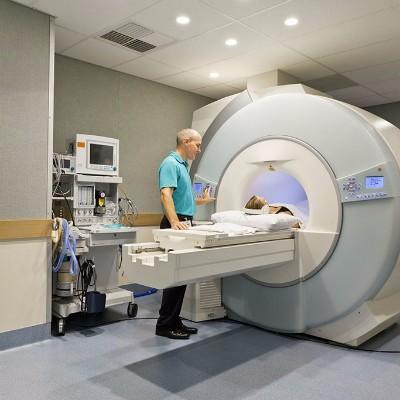What difference does mammary gland hyperplasia and lobular hyperplasia have
summary
Mammary gland hyperplasia and mammary gland lobular hyperplasia are only two words different, but they do not refer to the same disease. There are some women with hyperplasia of mammary glands or lobular hyperplasia who are used to looking up information on the Internet to judge their condition and take medicine. Because they don't know the difference between the two, they sometimes mix them up as a disease for drug treatment, which has a serious impact on the treatment of hyperplasia of mammary glands or lobular hyperplasia. So, let's take a look at the related knowledge about the difference between breast hyperplasia and lobular hyperplasia.
What difference does mammary gland hyperplasia and lobular hyperplasia have
Symptom 1: there is a big difference between breast hyperplasia and lobular hyperplasia, such as mastalgia, also known as simple breast hyperplasia, which is the most common in young girls and young patients. Due to the strong gonadal hormone secretion and large fluctuation, it belongs to physiological breast hyperplasia, with obvious periodic breast pain as the waiting sign, and the pain disappears after menstruation. Pain is mainly localized in the breast, but sometimes the pain can radiate to the same side of the armpit, chest wall, or even to the back, often affecting sleep, work and study, resulting in anxiety and emotional excitement.

Symptom 2: mammary gland disease. The basis of this type of lesion is that the lobules and ducts of mammary gland in the breast are dilated and the tissues around the gland proliferate. The masses are mostly gray and hard nodules without capsule, and the boundary with normal mammary gland tissue is not clear. Single or multiple, breast mass changes with the menstrual cycle, generally aggravated before menstruation, gradually reduced after menstruation. In the treatment, it should be mainly soft and hard to disperse the knot, supplemented by soothing the liver and regulating qi.

Symptom 3: cystic hyperplasia. Cystic hyperplasia is a more serious stage of breast hyperplasia, with hyperplasia of mammary duct epithelial cells as the main lesion. The masses in the breast are mostly diffuse thickening. Some patients show limited performance, and most of them are oval cysts, which are easily confused with fibers. This kind of hyperplasia has a certain canceration rate, so systematic treatment should be actively carried out.

matters needing attention
The harm of mammary gland hyperplasia to female body is relatively large, female friends must actively prevent mammary gland hyperplasia disease in daily life, away from the invasion of the disease.
















